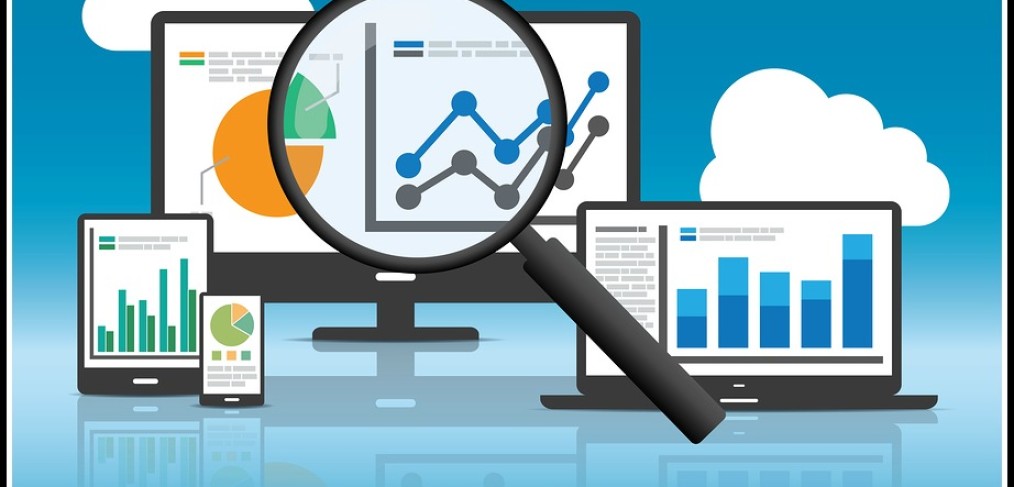Analytics and data are essential to running any business today and firms have established systems that track and monitor everything that we do. In order to have a more effective marketing strategy it is important to understand the different types of data and how to properly use them. The three basic types are descriptive, predictive and perceptive analytics. We discuss each in more detail below.
Descriptive Analytics
This type is raw data in summarized form. Examples include social engagement counts, sales numbers, customer statistics and other metrics that show you what’s going on in your business in an easy-to-understand way.
Predictive Analytics
Predictive analytics forecast what will happen in the future. Examples include consumer trends, forecasting and opportunity analysis that will help determine the actions of a business.
Perceptive Analytics
This type of analytics builds on predictive analytics. It involves informing key decision makers about different decision choices with their anticipated impact on key performance indicators (KPIs). This type helps you develop specific recommendations. An example of this would be a GPS system which first predicts a route using a multitude of different inputs and “advises” a person to take the shortest route with a predicted ETA.
Using both Predictive and Perceptive Analytics
Both of these types of analytics must be used in order to maximize your company’s marketing efforts. One without the other does not bridge the gap between raw data collected and what actions your company will take. “Prescriptive analytics can help companies alter the future,” stated Immanuel Lee, Web analytics engineer at MetroStar Systems. “They’re both necessary to improve decision-making and business outcomes.”
Perceptive analytics ultimately clarifiy predictive data and can help a company improve their marketing strategy to increase sales. Simply knowing information about a consumer or industry offers some information to a company about the market in which it operates but this is the first step. The next step is to actually determine what this information means and the impact that it has on key areas of the business.
Tips for your Analytics Program
1) Start Small
When dealing with analytics there are many various types of data that get recorded. Therefore it is important to start small and work smart in order to gather the right types of data. Within your business there are many different activities that go on day-to-day and sometimes a more focused strategy is better.
2) Create Specified Data Sets
By separating data into specific groups, it is easier to use when needed within your marketing strategy. Data can be separated into segments like gender, income level and location. This in turn makes it easier to specifically predict and make recommendations through a perceptive program.
3) Understand Why Data is Collected
Predictive and perceptive analytics ultimately depend on humans that design systems and collect data. It is important to understand why certain types of data are being collected and what the purpose of this information is. Understanding why this information is collected and what its use will be will help when trying to determine the best marketing strategy for a company.
4) Keep Your Systems up to Date
As your business grows and advances, it is critical to develop and keep your systems up to date. Technology makes it easier and more efficient to gather information about customers within your market. When your analytical systems are up to date, your company will be more adaptive at responding to current trends or consumer wants.
At Mirza International, we have the know-how when it comes to analytical marketing, which will save you both time and money. We can offer you marketing services that drive success and help convert data into a focused marketing strategy. The benefits for you? Less wasted effort and a greater return – which will help your business grow and keep you happy!
Click here to book your complimentary consultation.


